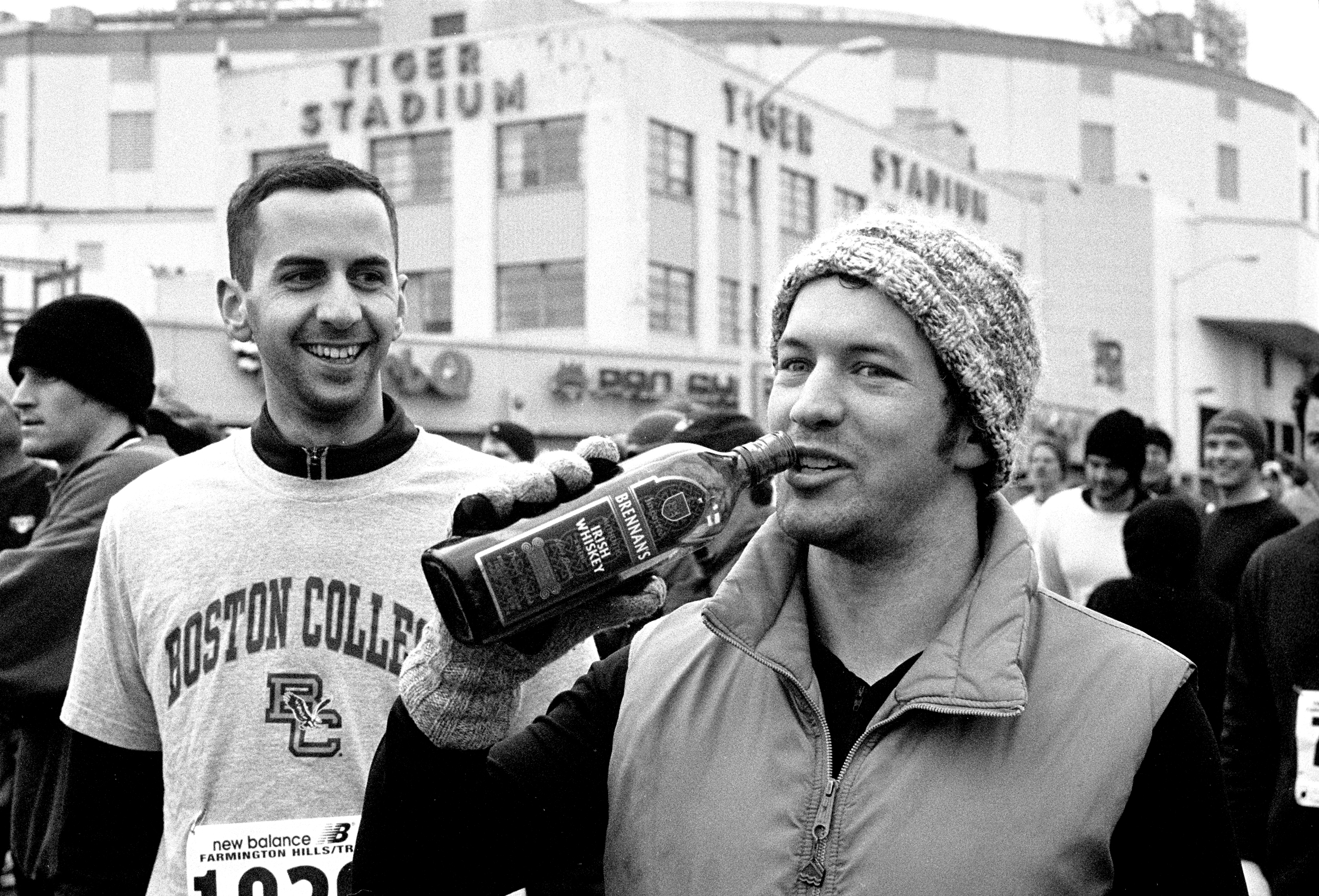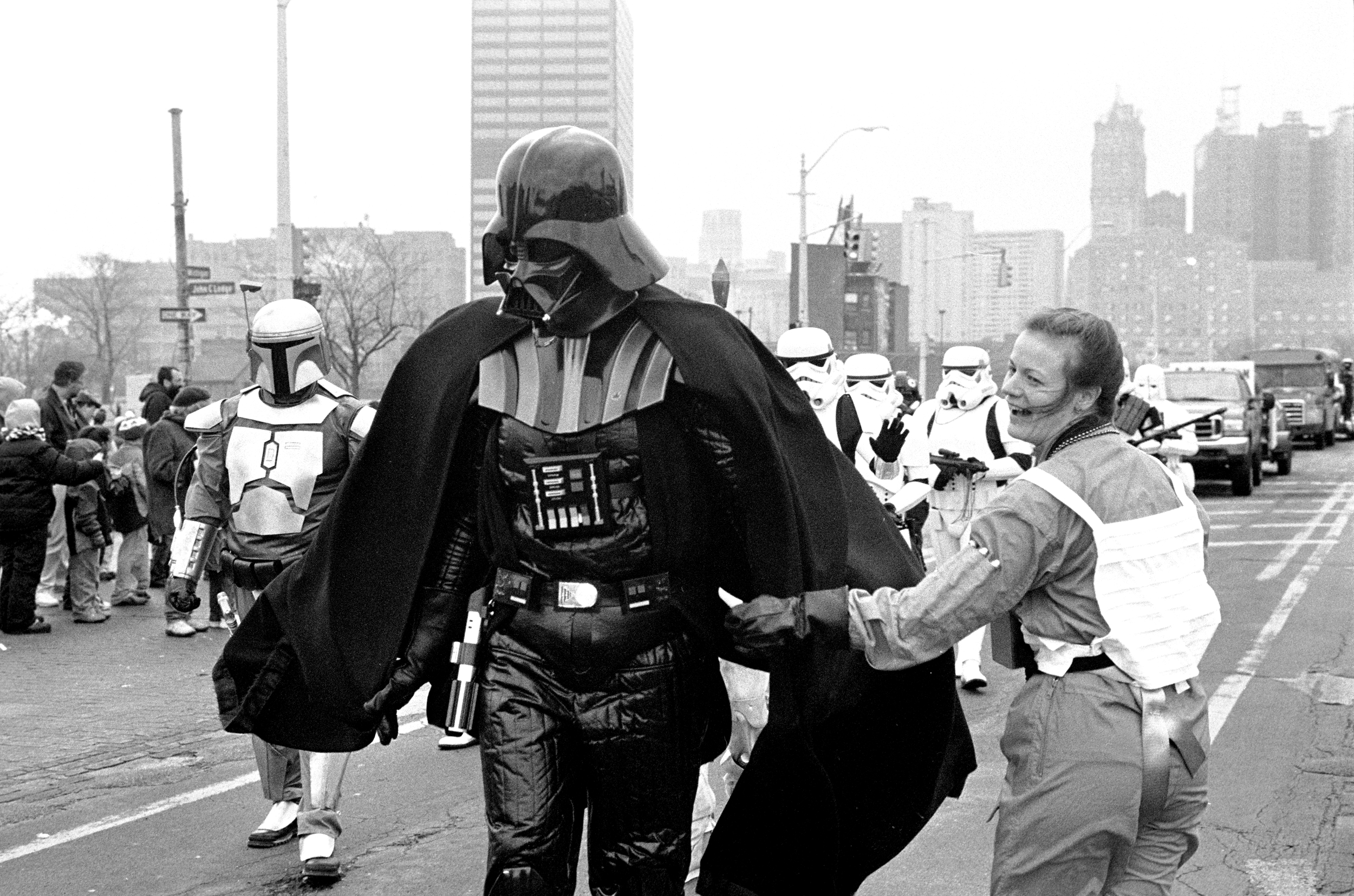On July 22, 2001, during the 300th anniversary celebrations of the founding of the City of Detroit, an article appeared that flipped the traditional narrative of the city’s origins. In the 20th century, every southeastern Michigan school kid was taught that Detroit was founded by an individual named Antoine de la Mothe Cadillac, a French aristocrat from southern France. In the illustrations in the textbooks, Cadillac, dressed in a Three Musketeers ensemble, replete with a tricorne hat, disembarks from a French naval vassal with red and blue flags emblazoned golden fleurs-de-lis, firmly planting it on some part of the modern riverfront.
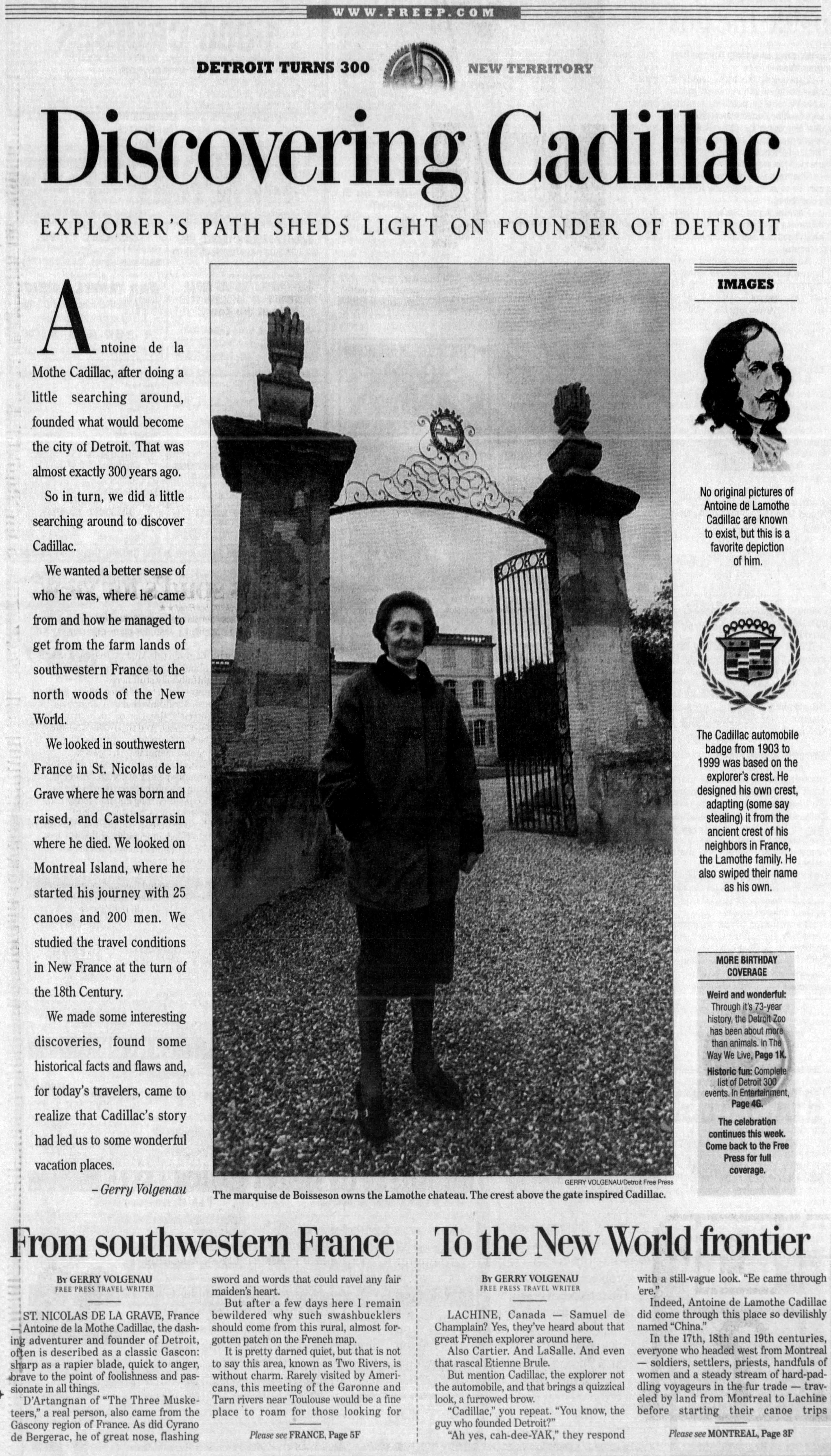
But the well-researched article pointed out that Cadillac was no aristocrat and no hero. Cadillac was born the son of a provincial judge in 1658 in Gascony. Arriving in the New World in 1683, he re-invented himself as a French nobleman, swiping the “de la Mothe” name from a local chateau near his hometown. Cadillac then lied to the Governor of Montreal about his origins. He made a fortune selling liquor and firearms to Native Americans. Once the leader of the Detroit settlement, he sold the government offices to friends and family. He hated Native Americans, Jews, and Jesuits. After a brief stint in New Orleans starting in 1713, he returned to France 1717, where he was promptly thrown in La Bastille from crimes against le royaume. After being released in 1718, he lived out his life in France, dying in 1730. Canadian historians remain baffled by Detroit’s admiration for the figure, deeming him “one of the worst scoundrels ever to set foot in New France.”
Fast forward 301 years to 2002. That year, Detroit elected the young, charismatic, larger-than-life Kwame Kilpatrick as Mayor. After decades of mismanagement, stagnation, decay, the City appeared to be again on the move. During the late 90s and early 2000s, a new influx of young people began to settle within the Grand Boulevard Arc (the historic core of the City). While those neighborhoods witnessed a small spike in revitalization and interest, the remaining 80% of the City struggled to stabilize and endure. The 2000 to 2008 period, for better or for worse, and purposefully or not, laid the groundwork for the incredible “gentrification” or “revitalization” (answer depending upon whom you ask) of the neighborhoods within the Grand Boulevard Arc.
Without the benefit of enough hindsight, it is difficult to say whether in that particular part of Detroit, a mini Renaissance had occurred — probably because we often mix up the joy of being young with the joy of being in a particular place at a particular time. Needless to say, with residential and commercial rents being cheap and crime being relatively low (yet still existing), more things became possible for a particular group of people.
It was definitely a good time to be in school, which I was between 2003 and 2006. At the time, I had a Nikon F4 and a Konica Hexar RF, until both of them were stolen in an apartment break-in during the mid-2000s.
Twilight of the Decay
Unlike many cities around the world, Detroit failed at preserving its past. Indeed, it probably can be said that Detroit made a conscience effort to destroy it. Starting in the 1950s, the City began demolishing much of its remaining downtown Victorian and early-20th century government and commercial buildings, replacing them mostly with empty lots. This destruction continued unabated, and undeterred by strong protests from preservationists, through the mid-2000s, with perfectly mothball-able buildings being torn down and replaced with nothing.
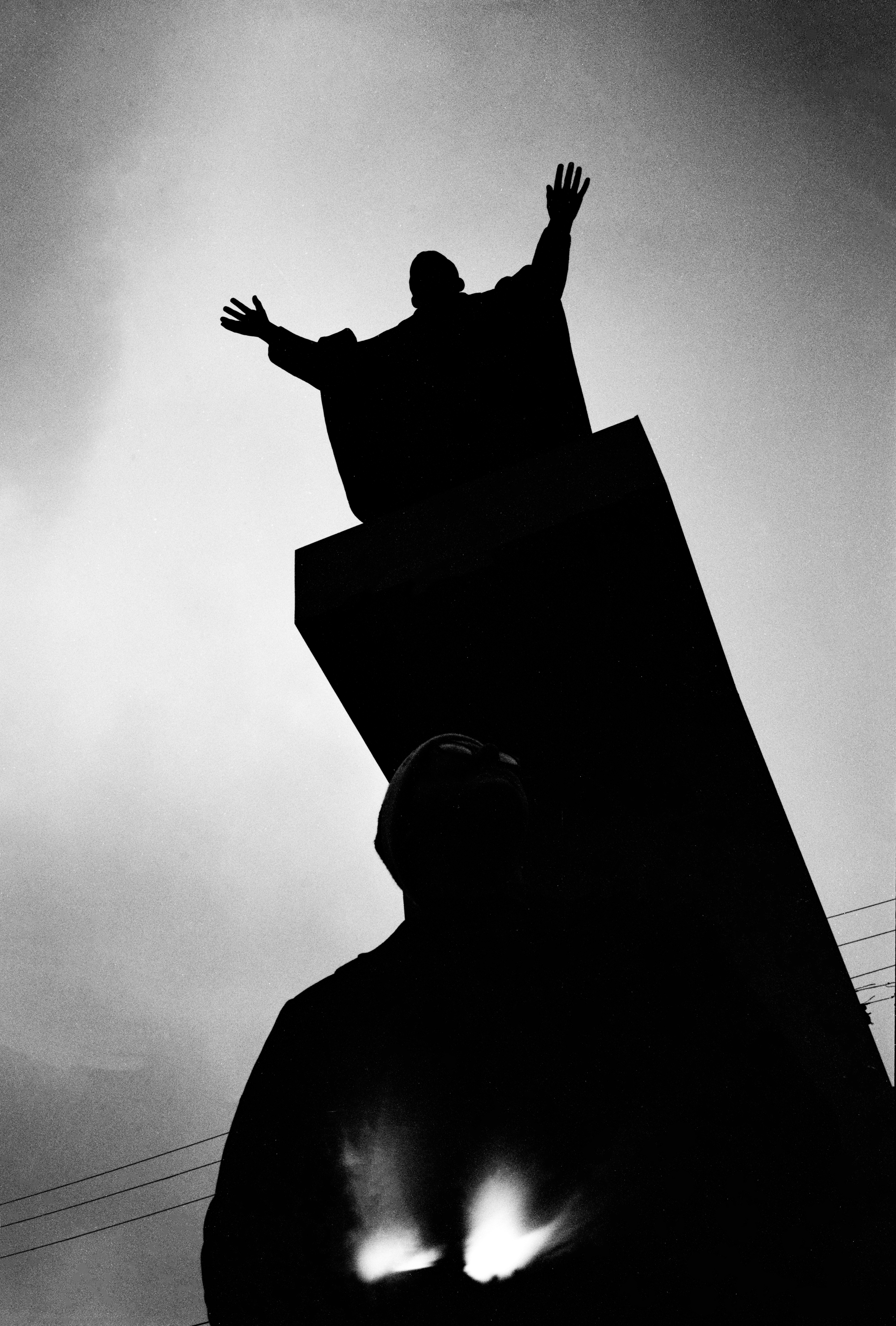
Statue of Pope John Paul II in Hamtramck
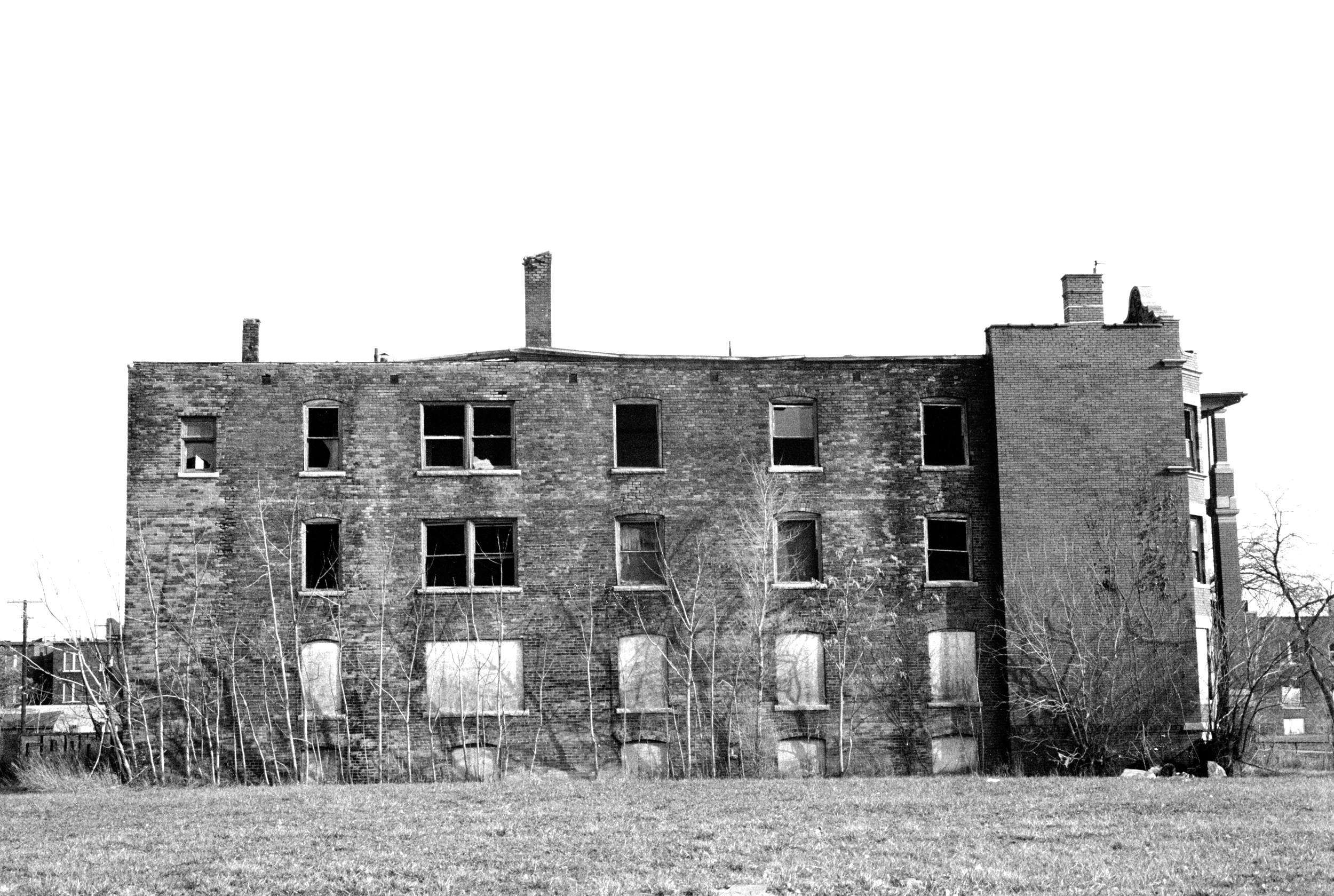
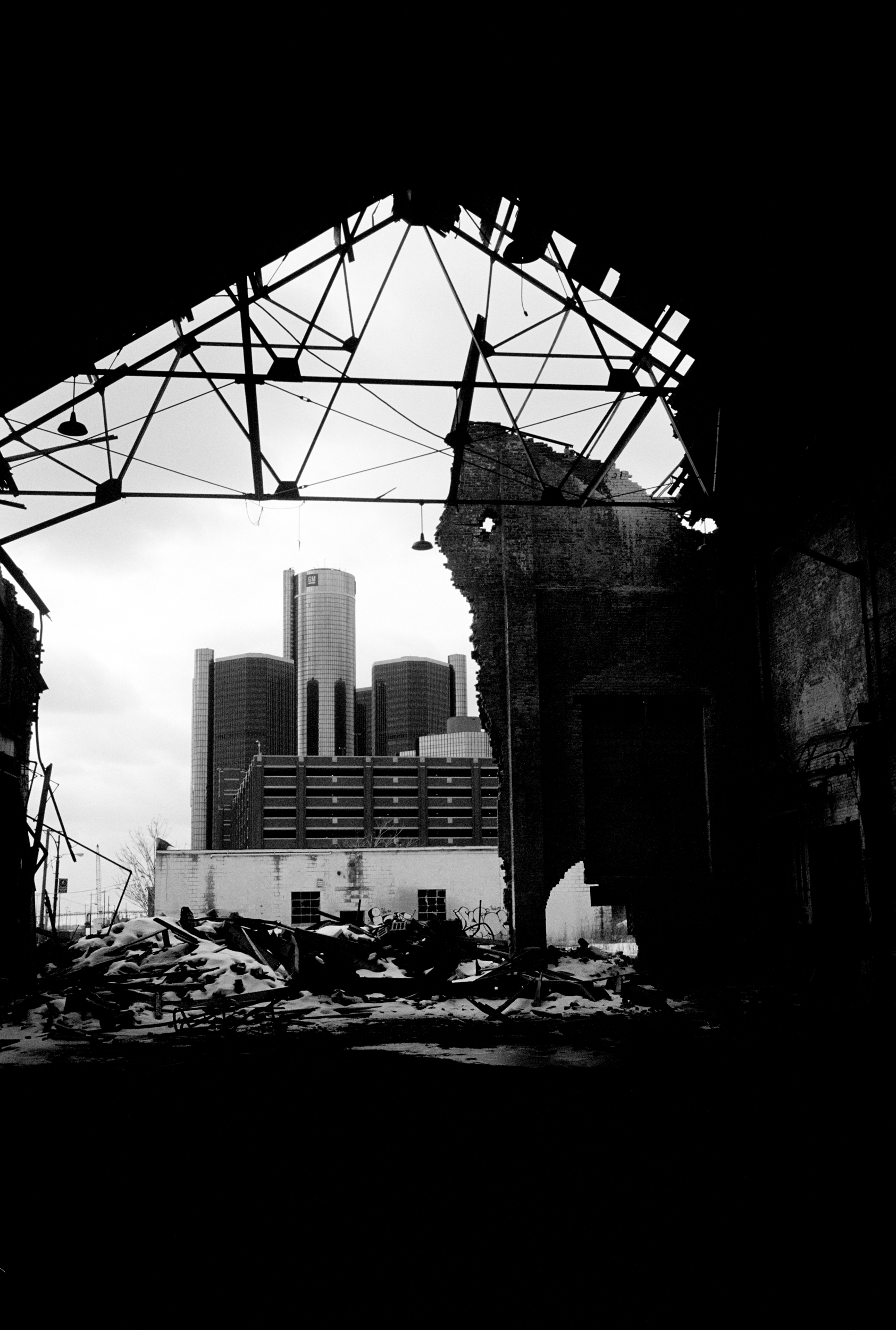
General Motors Headquarters Seen From a Derelict Warehouse
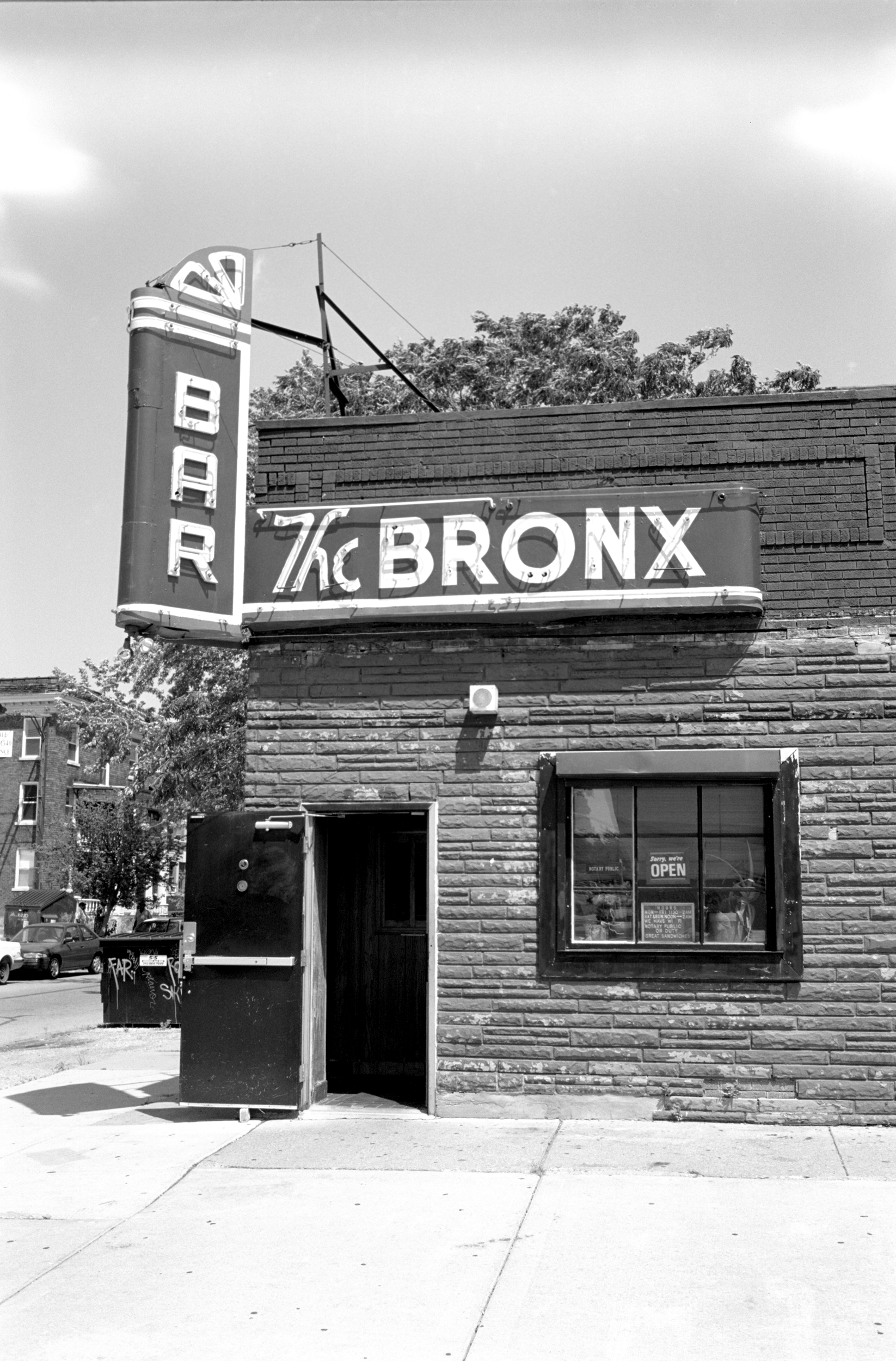
The Iconic Bronx Bar in 2006
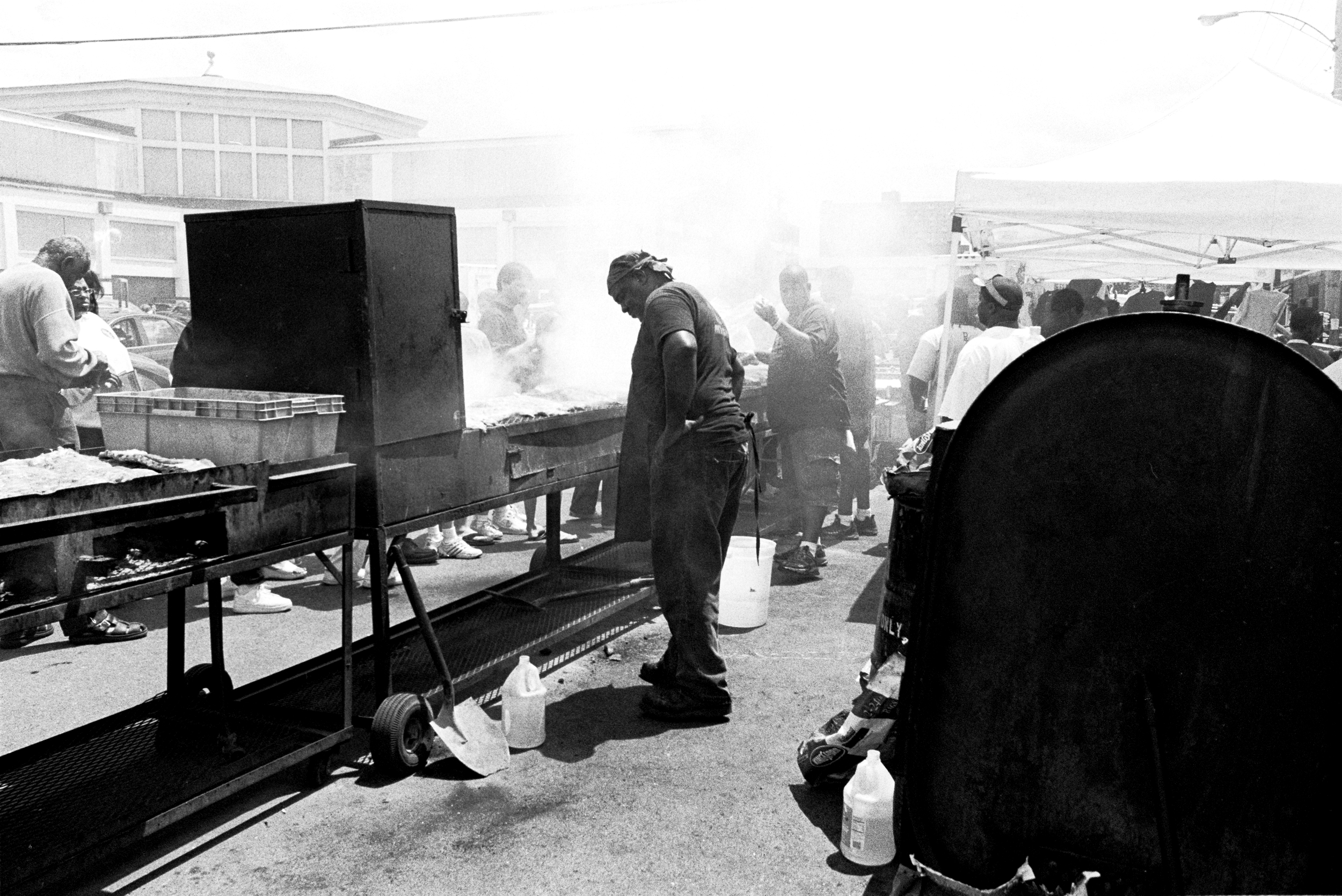
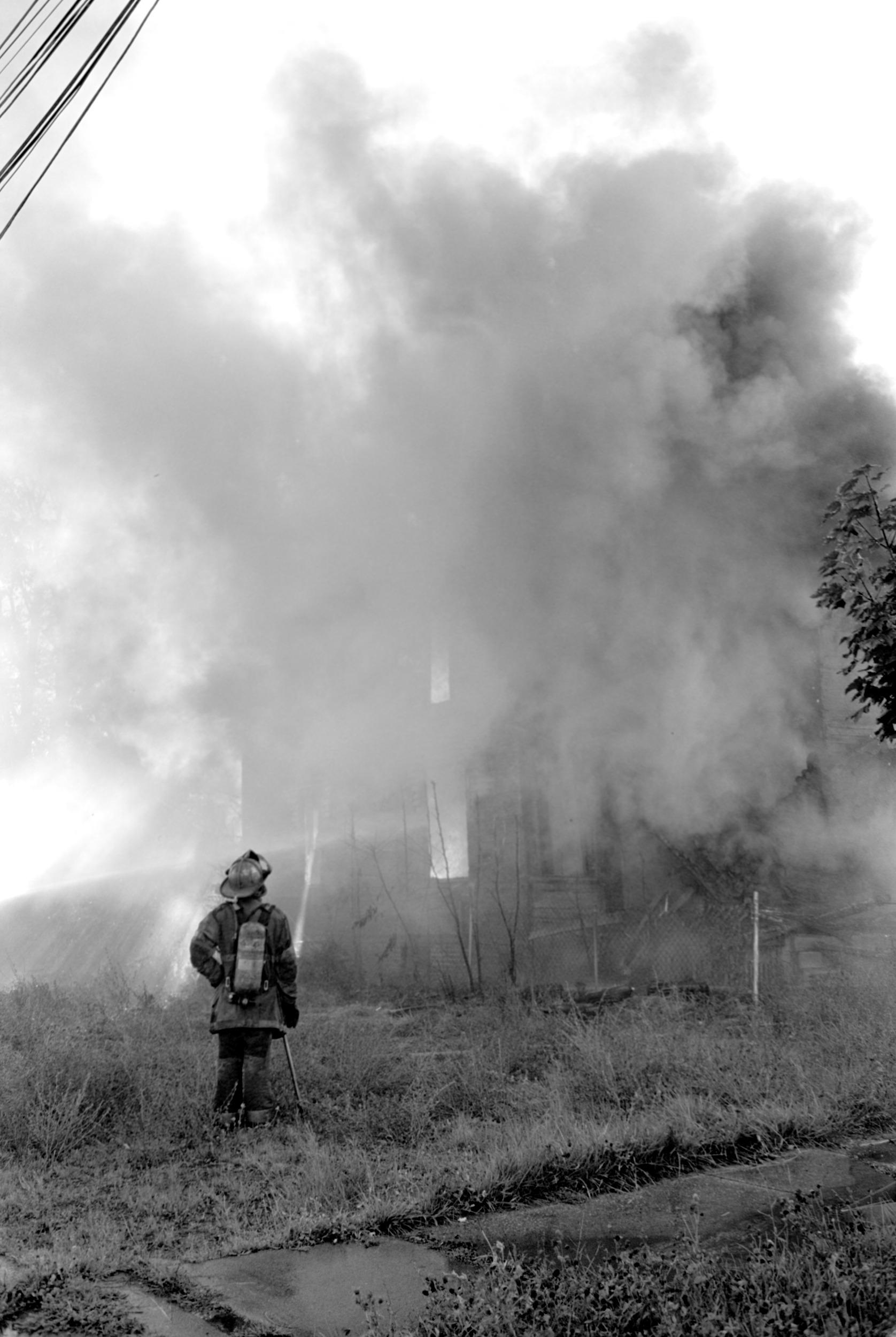
Detroit Firefighters Combat Another Blaze in the Cass Corridor in 2006
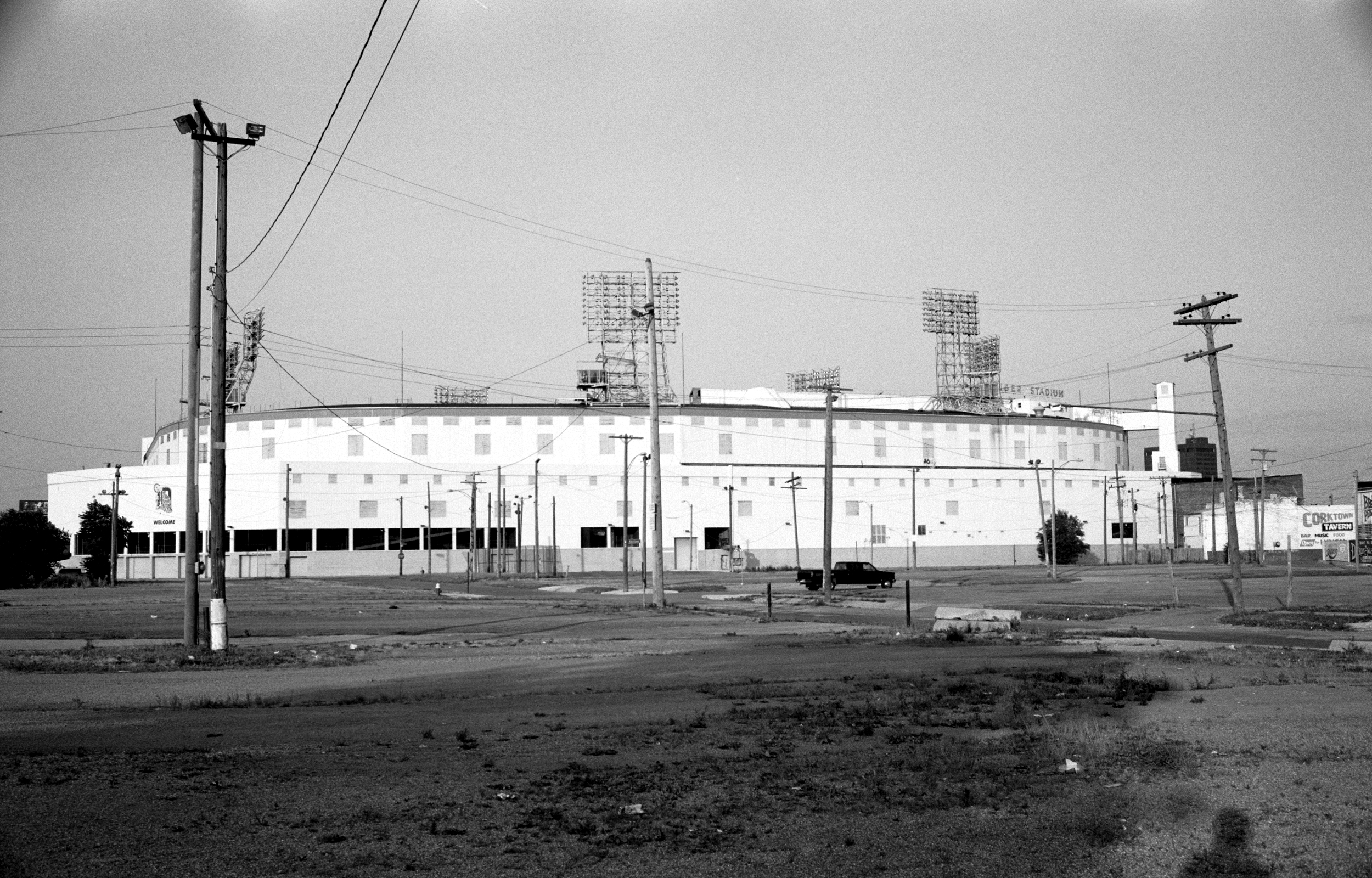
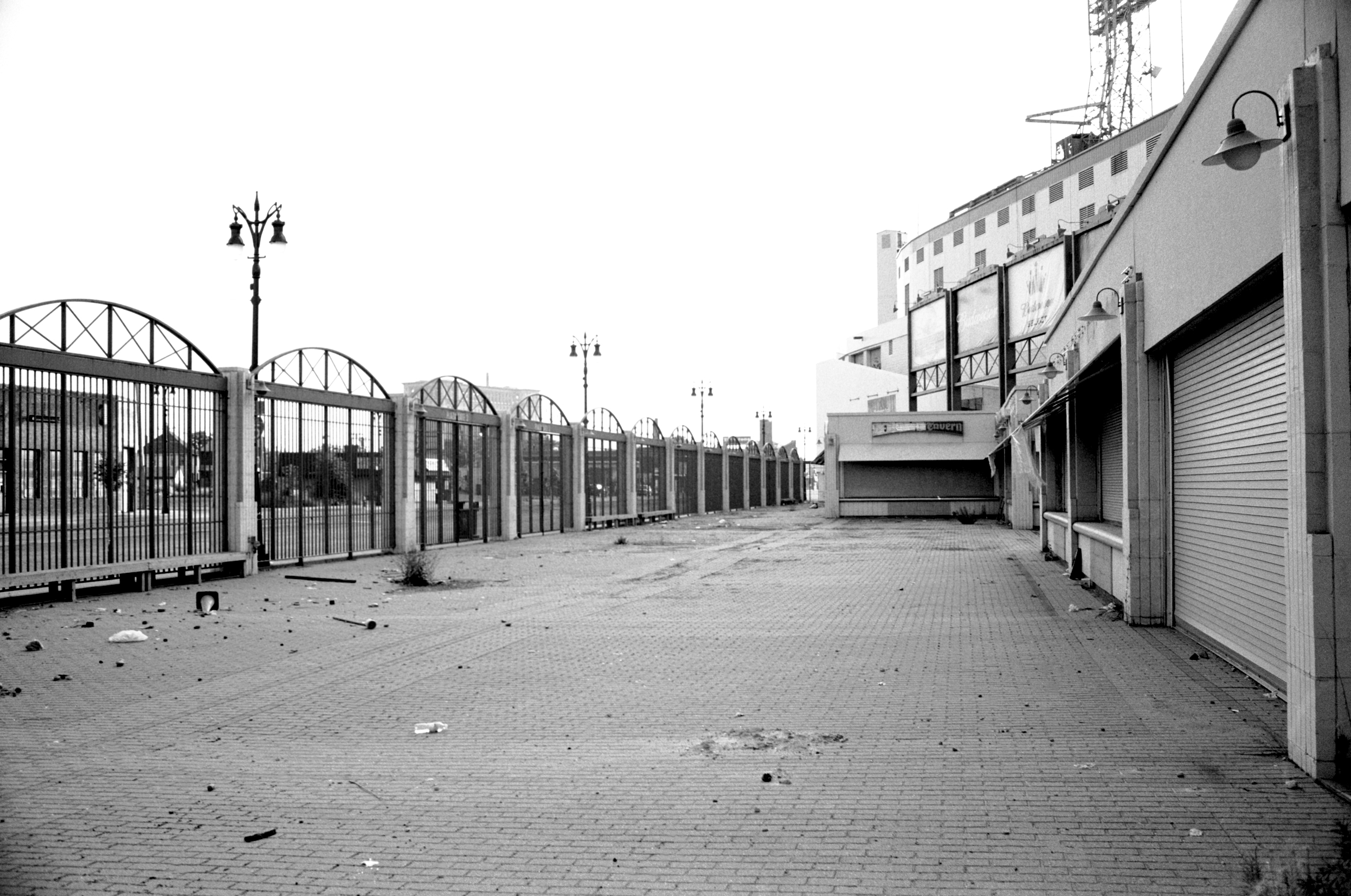
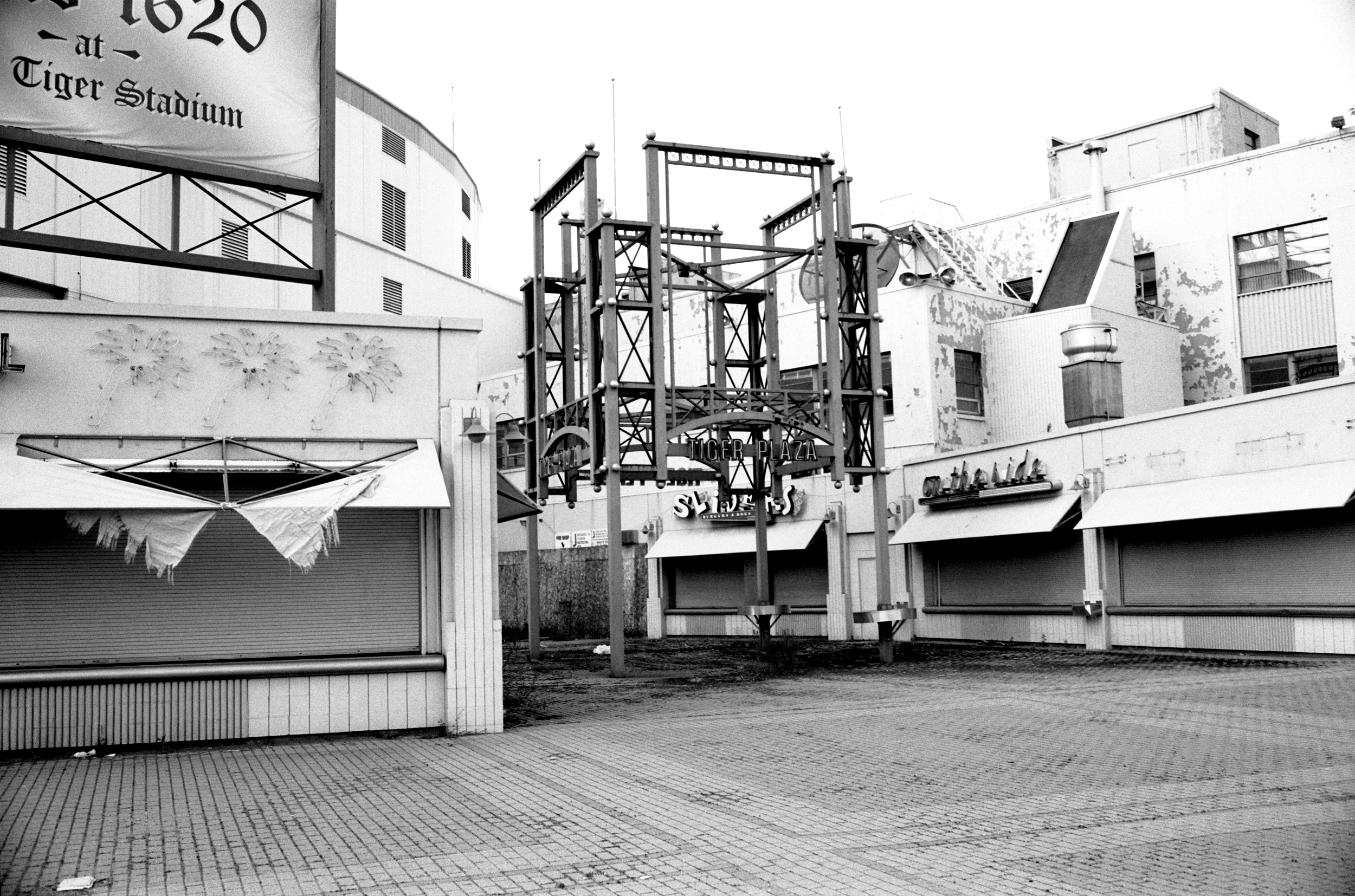
Tiger Stadium (1912), Sitting Derelict Here in 2007; Torn Down in 2008
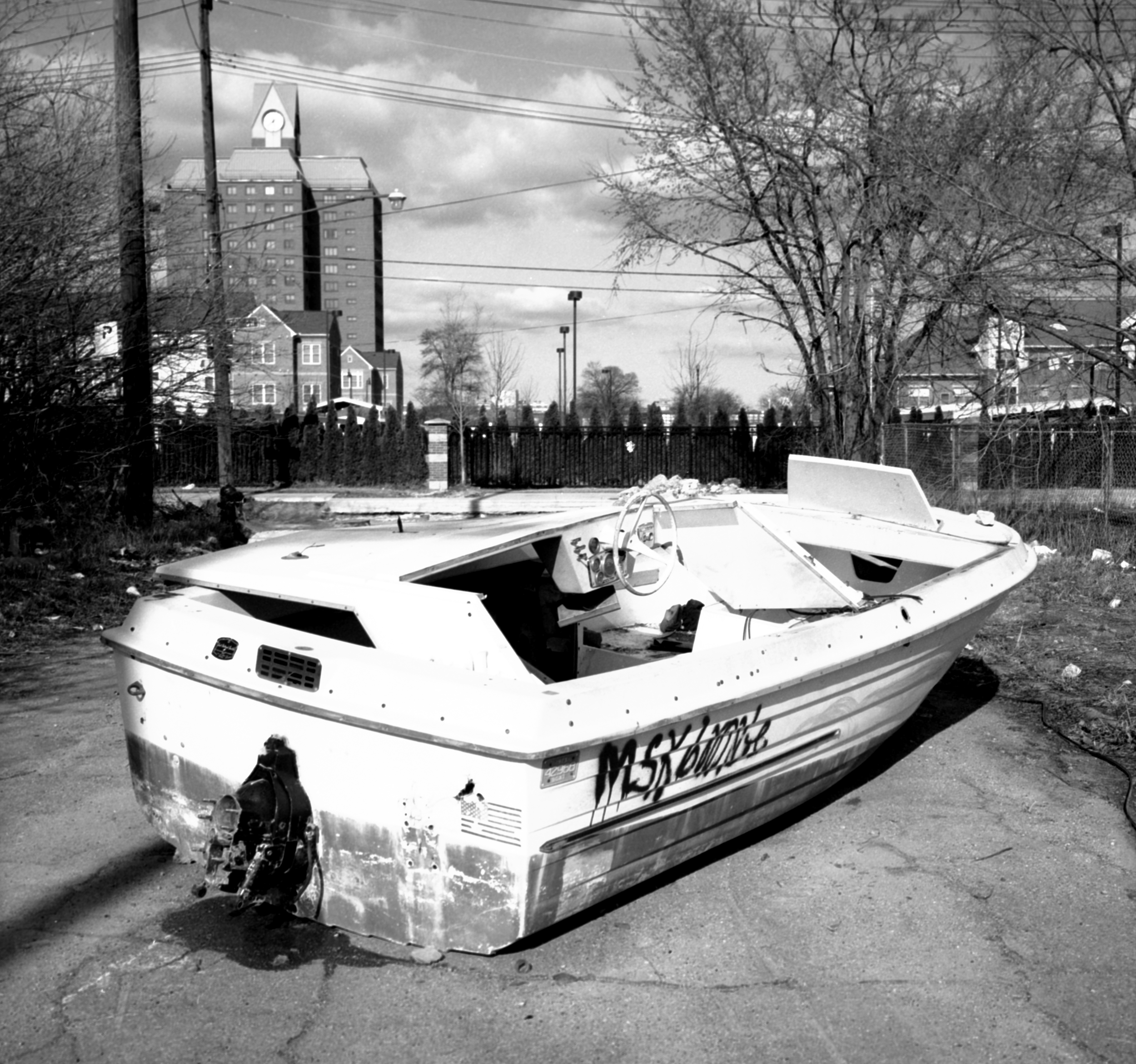
Abandoned Boat in a Woodbridge Alley
February 2003 Downtown War Protest
On an extremely cold day in February 2003, U.S. House Representatives John Conyers, Jr. and David Bonior assisted in the organization of an anti-Iraq War protest. The turnout was phenomenal.


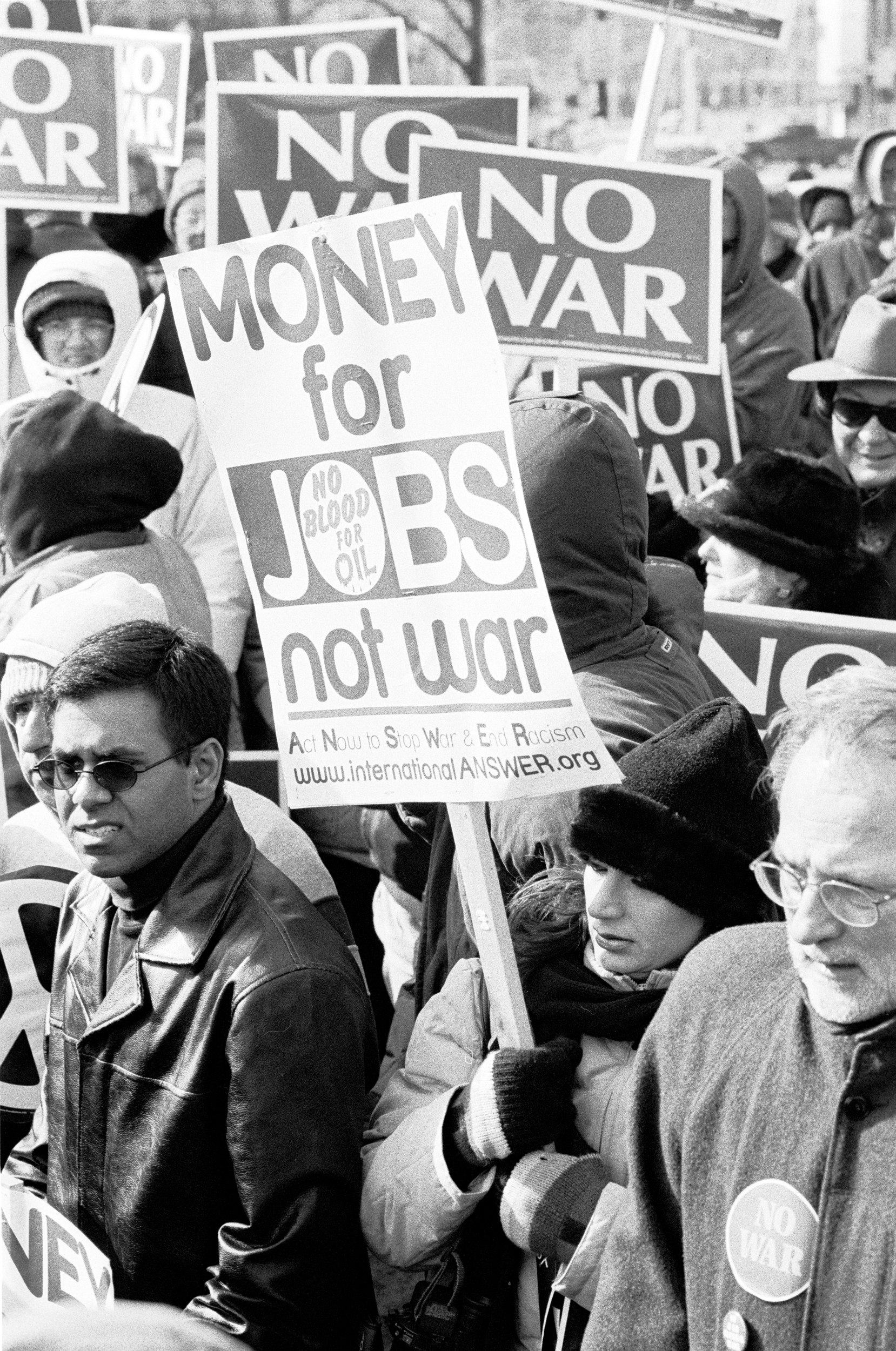
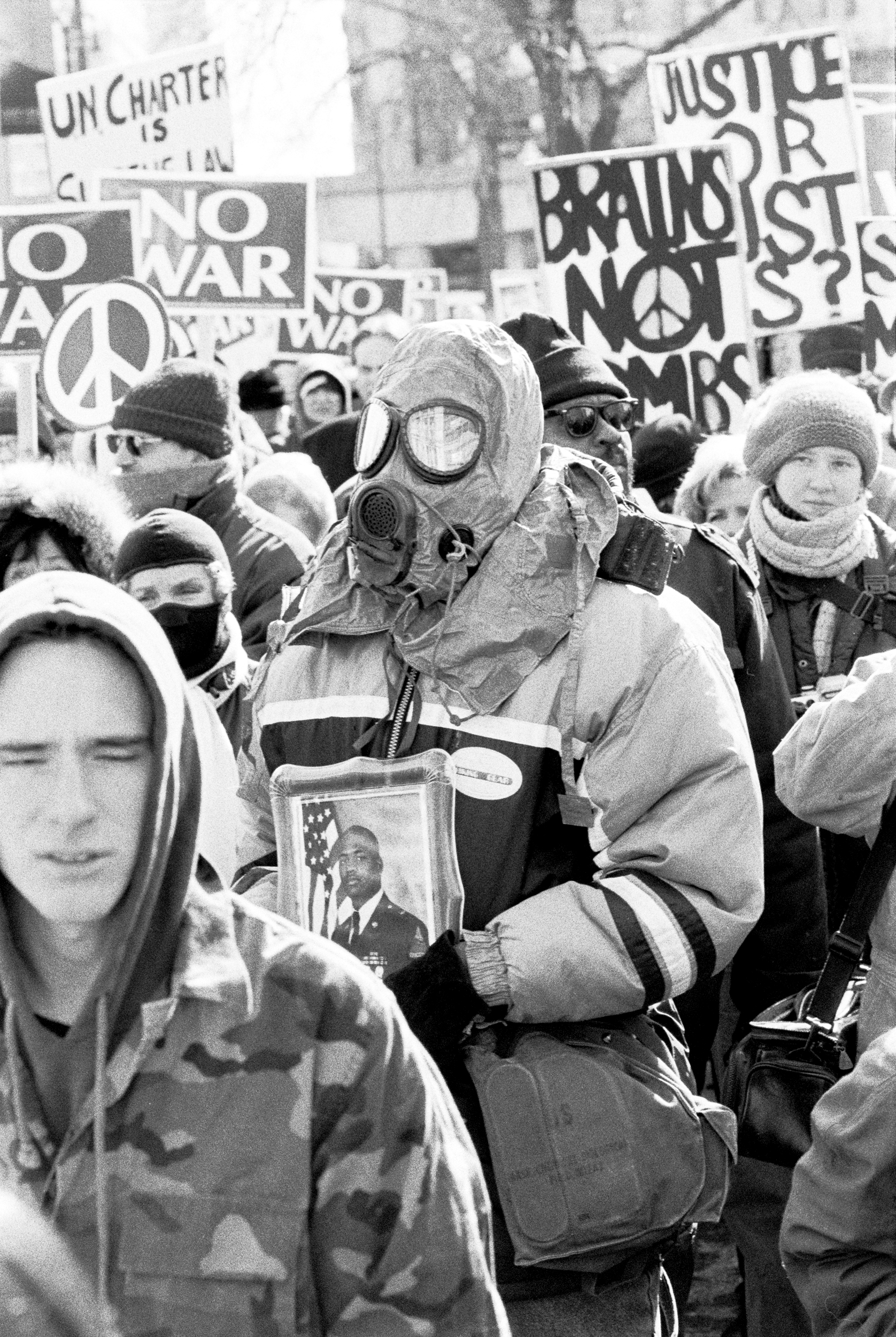

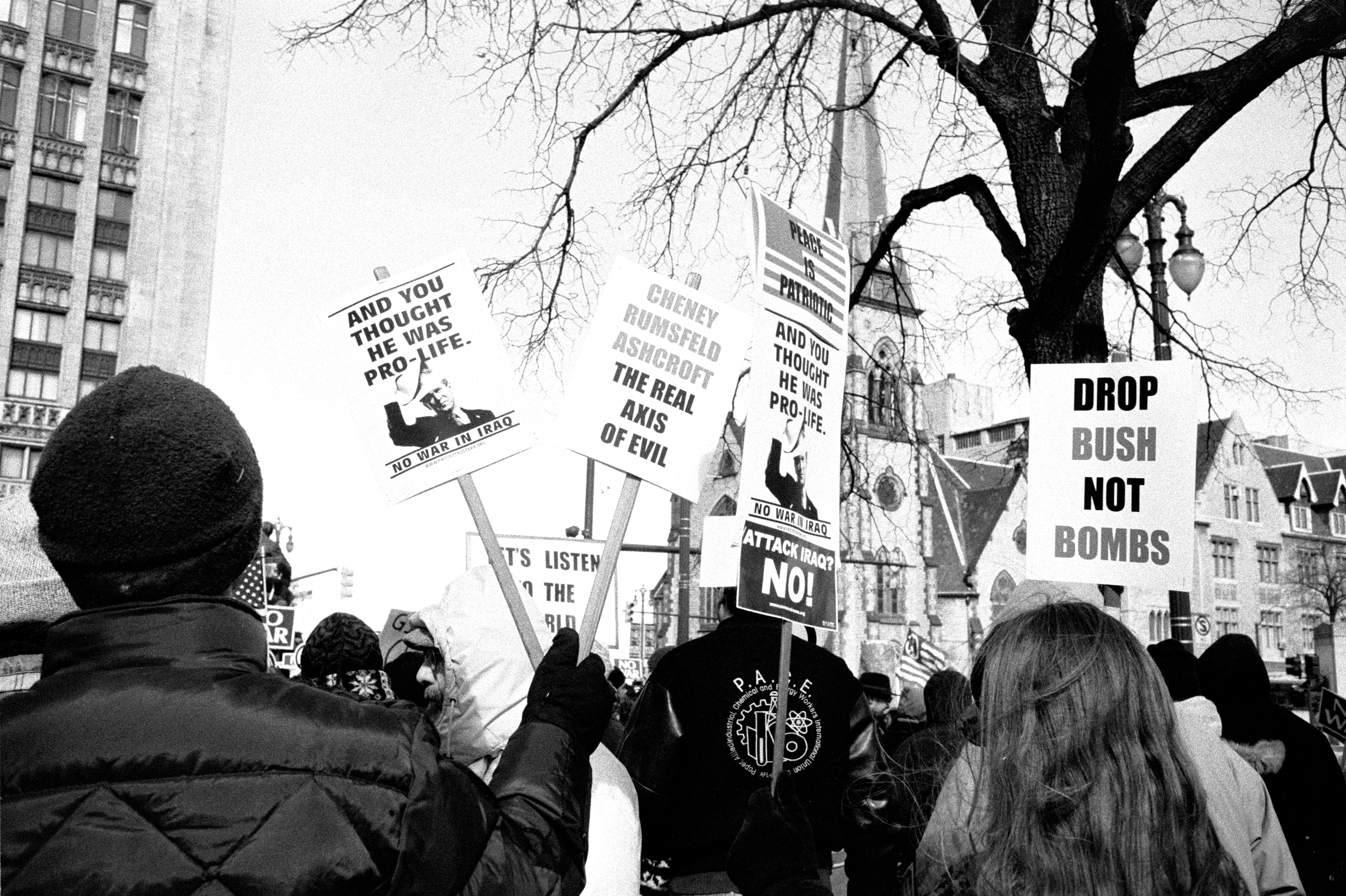
2004 Cinco de Mayo Parade, Southwest Detroit
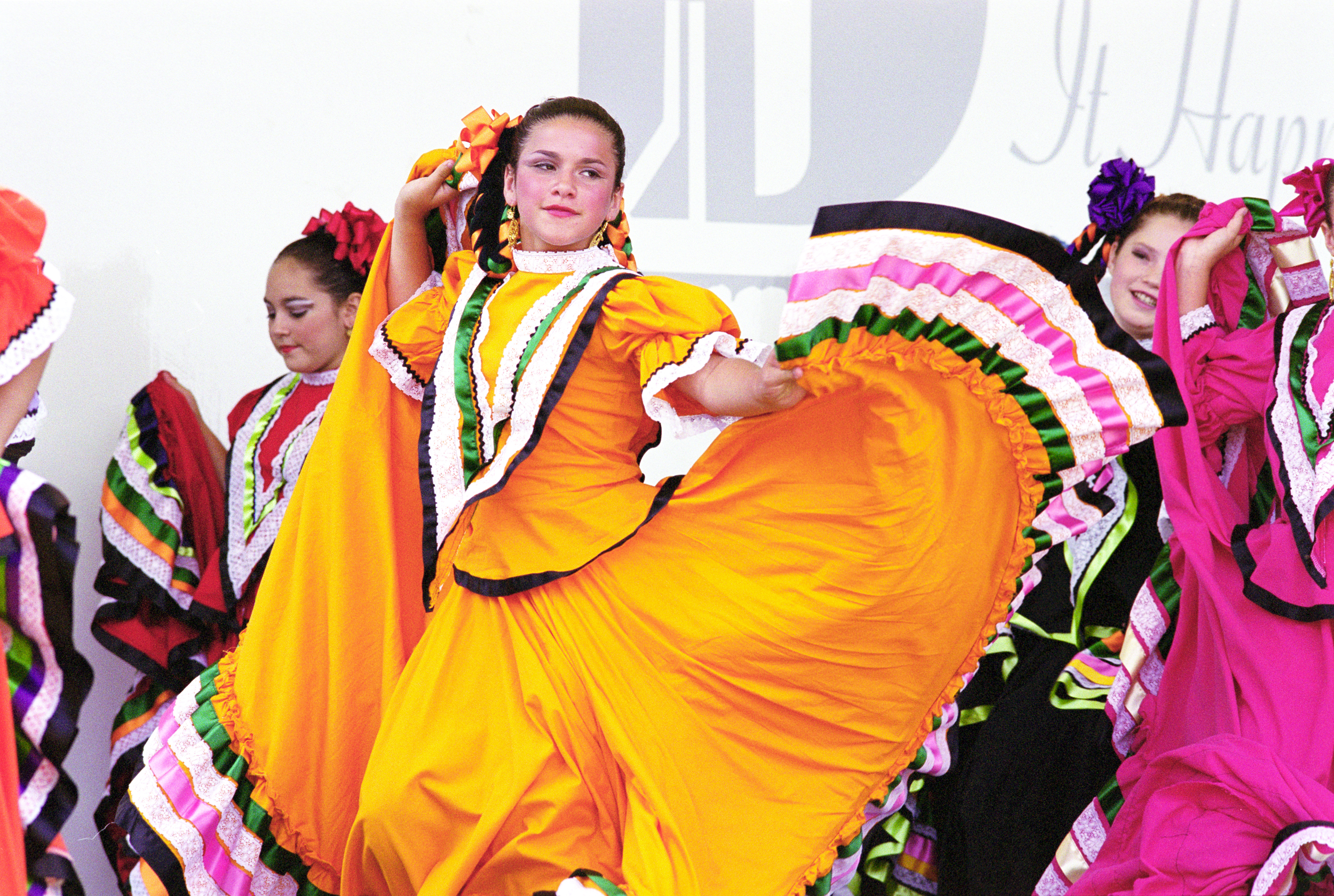
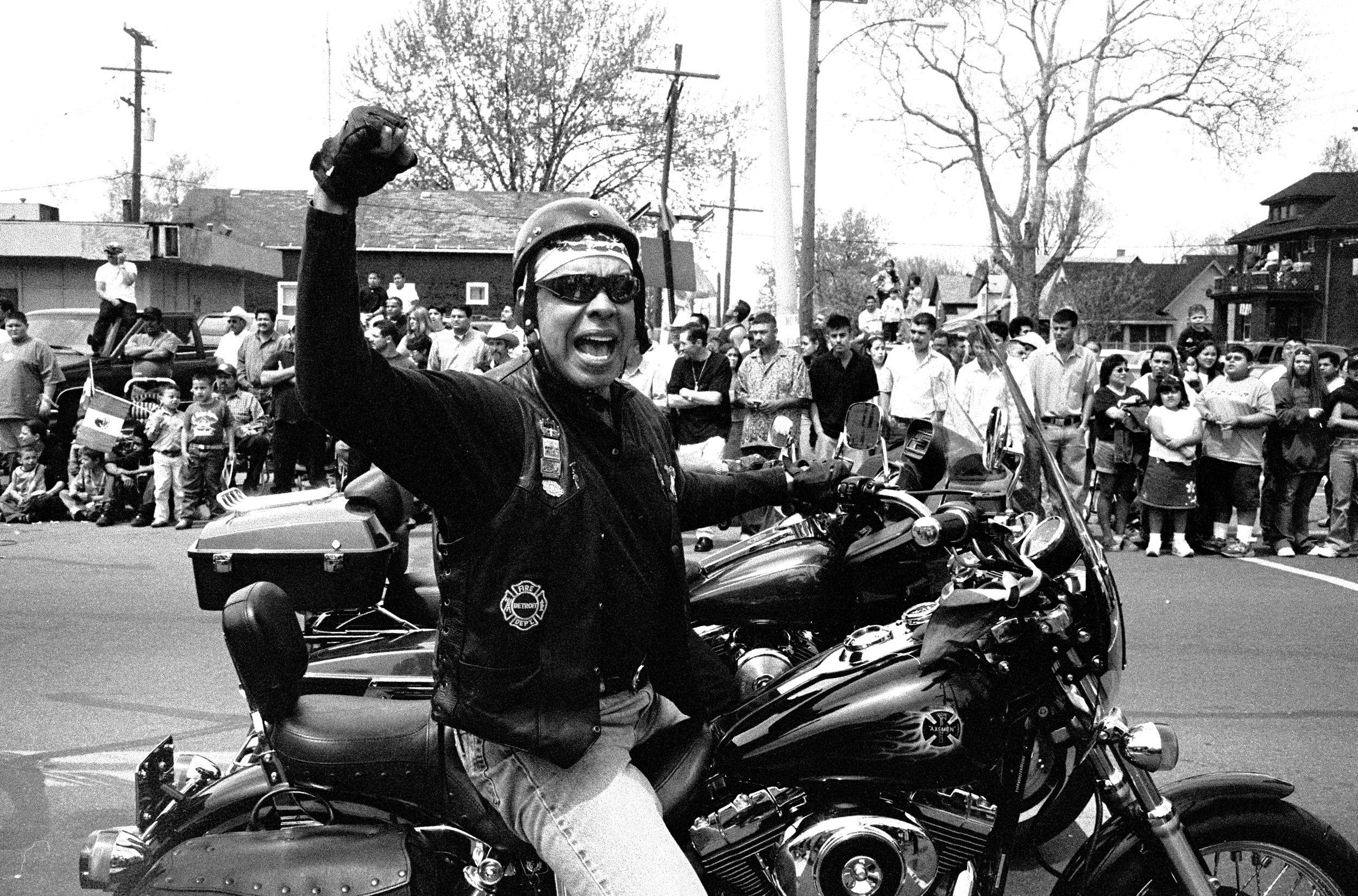
2004 Corktown St. Patrick’s Day Parade
A tradition since 1958, the Corktown St. Parade, taking place unfortunately on a winter Sunday in late February or March each year, was and is the most debaucherous day of the year in Detroit.
